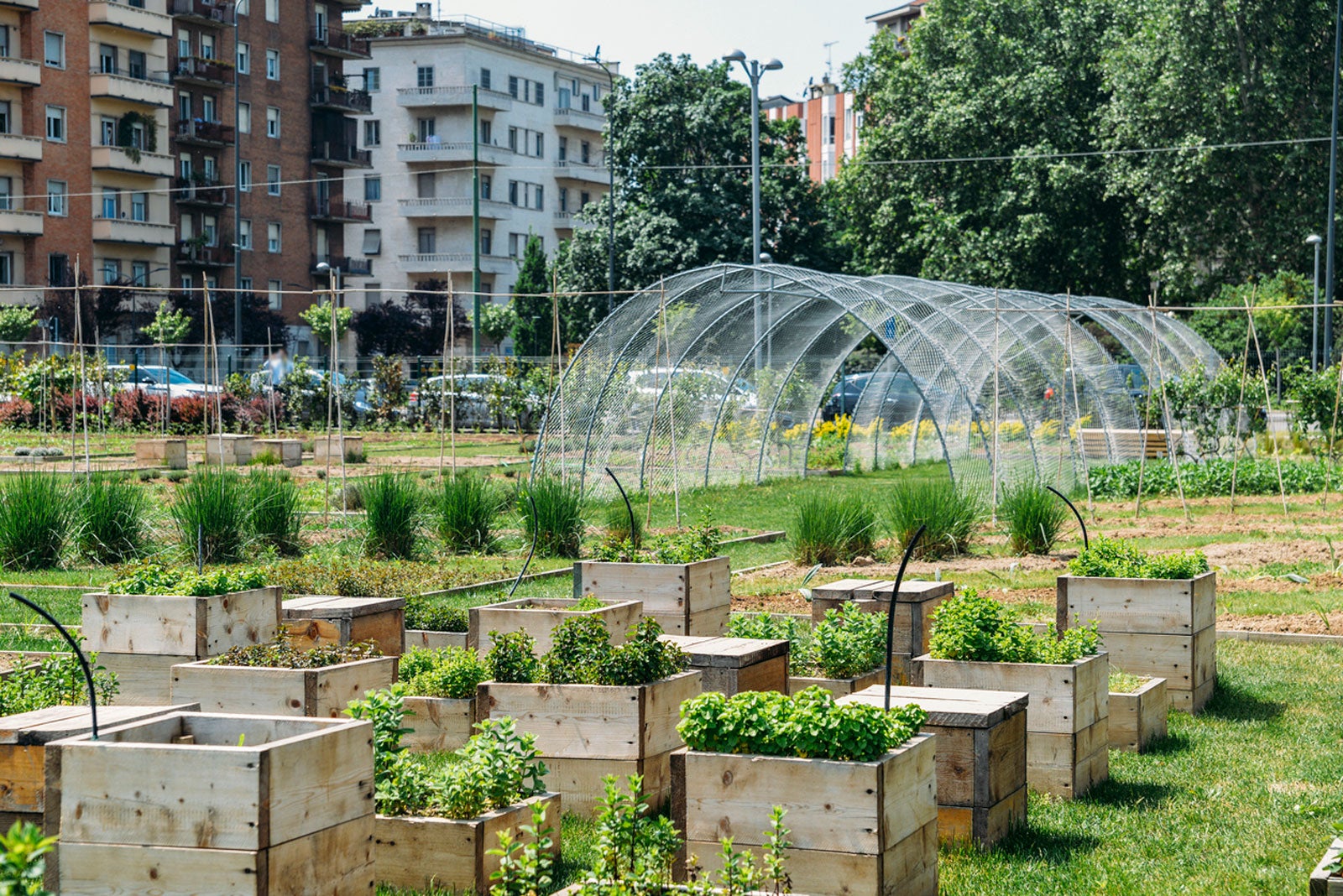The smart Trick of City Blooming That Nobody is Talking About
The smart Trick of City Blooming That Nobody is Talking About
Blog Article
The Buzz on City Blooming
Table of ContentsAbout City BloomingThings about City BloomingWhat Does City Blooming Mean?The Best Guide To City BloomingCity Blooming Things To Know Before You Get This

In truth, as you walk the streets of the Bronx, Southside Chicago or East Oakland, you might see have actually even seen big plots of ripening fruits and veggies being gathered. What exactly are city ranches and community yards? Are they various? If so, how? And a lot more importantly, just how can you support them? Urban agriculture, metropolitan farming, or metropolitan horticulture is the practice of cultivating, handling and dispersing food in or around urban areas.
Usually, urban farming as a practice is a larger investment than gardening. There are numerous extra hours spent right into the minutiae of farming, from the plant strategy to the often tending of your beds. This time dedication handles an entire new significance once you understand the goal that is being worked in the direction of and devoted, specifically that of gaining a bountiful return of crops to be consumed.
A neighborhood garden is a solitary tract gardened collectively by a team of people. Neighborhood yards use either private or shared stories on personal or public land while producing fruit, vegetables, and/or plants expanded for their eye-catching look. The standard model here is that a large group of people each add a fairly percentage of time to working their very own story, and obtain the fruits of their labor consequently.
A Biased View of City Blooming

, and neighborhood organizations by helping them create and expand their very own yards. The differences in between neighborhood garden and city ranch are nuanced, though in the end the very same standard activity takes placefood plant growing yet within different business frameworks - City gardening.
Urban farms are normally extra organization and modern technology oriented, with the primary objective of taking full advantage of yields and offering produce. Commercial city farms are usually targeted at increasing production on usually little land area with advancements in modern technologies such as aquaculture, hydroponics, and greenhouses and may companion with a business cooking area to develop locally-produced value-added items such as jams and sauces.
City Blooming Fundamentals Explained
The fruit and vegetables is normally grown on a much smaller sized scale and is taken home to consume at home or to share. By giving much required eco-friendly spaces in destitute, concrete metropolitan areas, they enable the advantages of backyard horticulture to those doing not have backyards, and offer as excellent instances of self-organization and neighborhood activism.
Some area yards, commonly in city locations, move into expanding for business usage while some urban farms open up their land for even more socially conscious benefits. No matter of just how you define and separate the two, they are both favorable pressures for excellent in cities around America and the world.
As all of Little Axe Peppers' warm sauces are sourced with peppers from neighborhood yards, your acquisitions directly help money these neighborhood tasks (https://us.enrollbusiness.com/BusinessProfile/6739712/City%20Blooming#google_vignette). Take component in the transformation by.
A buddy of mine recently commented in a conversation about gardening that "It's intriguing, I've constantly assumed that farming as a practice is rather like gardening. There are similar aspects to both don't you believe?" To the nonprofessional that comment from my buddy would certainly have do without much idea, it seems affordable so why not take it therefore? However as I invested increasingly more time in my Urban Agriculture class I've come to understand that to say that gardening is a tiny extension of farming would be a little bit of stretch.
Our City Blooming Diaries
They both focus on the treatment of plants for some goal that can be nutrition, profit or just the pleasure of the craft. They both need a financial investment on top of a time investment, something that a lot of individuals in our rapid paced life do not have a great deal of.
We can see that the similarities are abundant, but are the distinctions sufficient to develop a distinction? As a pupil at NYU I have the opportunity to function with the leave It Better Structure, a group that instructs fundamental nutrition and horticulture to secondary school trainees. https://profile.hatena.ne.jp/cityblooming/. This experience offered me a thorough you can find out more foray into the globe of amateur horticulture past what many people have been in call with
Farming as a practice is a larger financial investment than gardening. There are numerous extra hours spent right into the trivial matters of farming, from the plant strategy to the often tending of your beds.
The ordinary gardener sets about his duties as a job instead than a requirement and because of this differentiates his or herself from the farmer. Nonetheless with this distinction in hand, they are both relaxing and soothing workouts that any person can grab, which by itself needs to be a promotion for both.
Indicators on City Blooming You Should Know
Something failed - sustainability. Wait a minute and attempt once more Try once again
Report this page